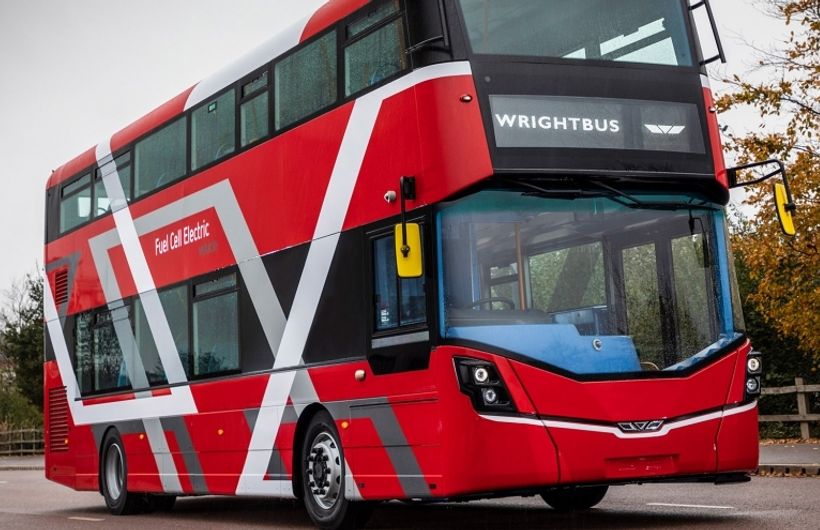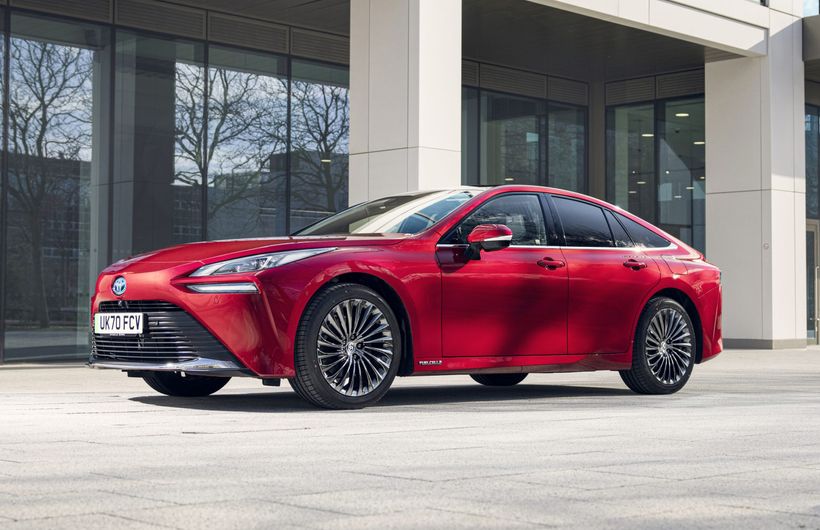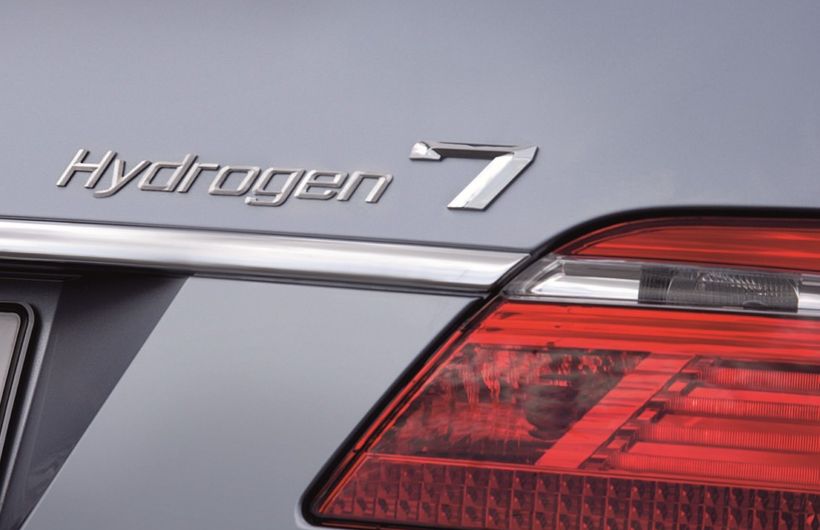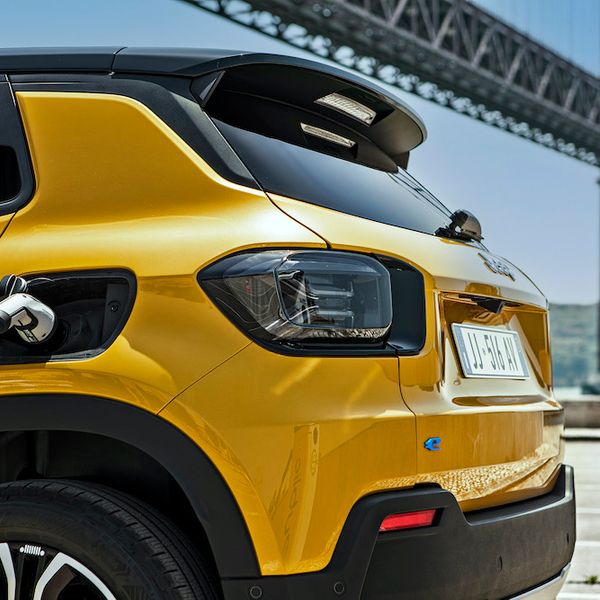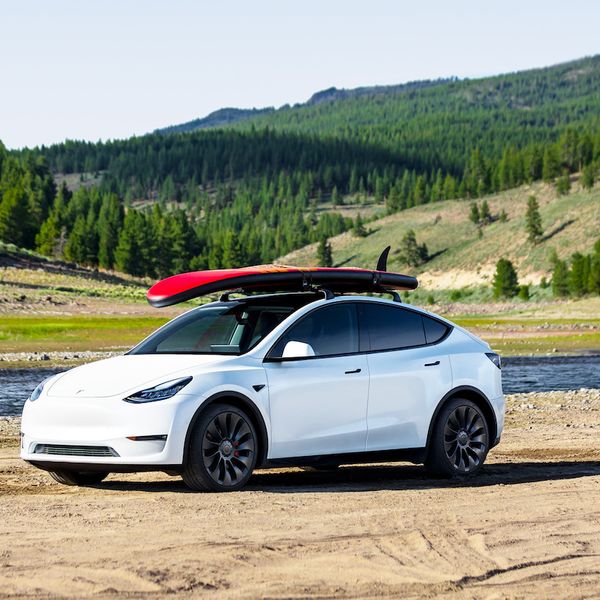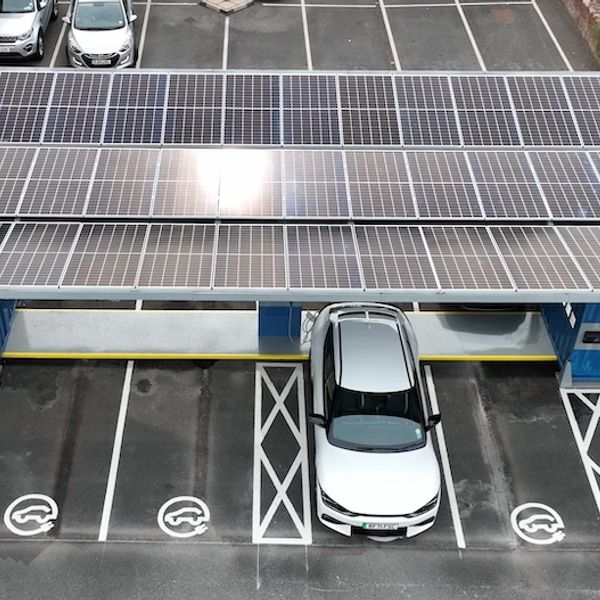Rewind twenty years or so, and car makers were predicting an electric vehicle future, but not one involving batteries. Instead, cars would be powered by fuel cells.
Battery cars use energy generated elsewhere, fuel cell ones use a chemical process (called reverse electrolysis) to create electricity on board. This involves taking hydrogen and compressing it up to 700 times atmospheric pressure, squirting it into a very strong tank then feeding it into a box with membranes of precious metals such as platinum.
As the hydrogen passes through the membranes a chemical process creates electricity and water vapour, or steam, which is the process’s only by-product. The electricity can then be used to drive the car along.
Such cars take about five minutes to re-fuel, have ranges that aren’t that far behind petrol or diesel cars, and unlike pure electrics, don’t become less efficient in cold weather.
This sounds like a winning combination, yet fuel cell cars have been completely eclipsed by battery electrics ever since Tesla’s Elon Musk proved they could be usable and cool.
A seasoned practitioner of the pithy insult, Musk coined the term ‘fool cells.’ He thinks it's nuts to generate electricity on board a car, as the components that do this are heavy and take up space.
Musk also suggests that the process to create the hydrogen is potentially pollutive - petrochemical plants already do this as a by-product of their activities, although wind and solar power can be used too- but either way creating hydrogen saps energy.
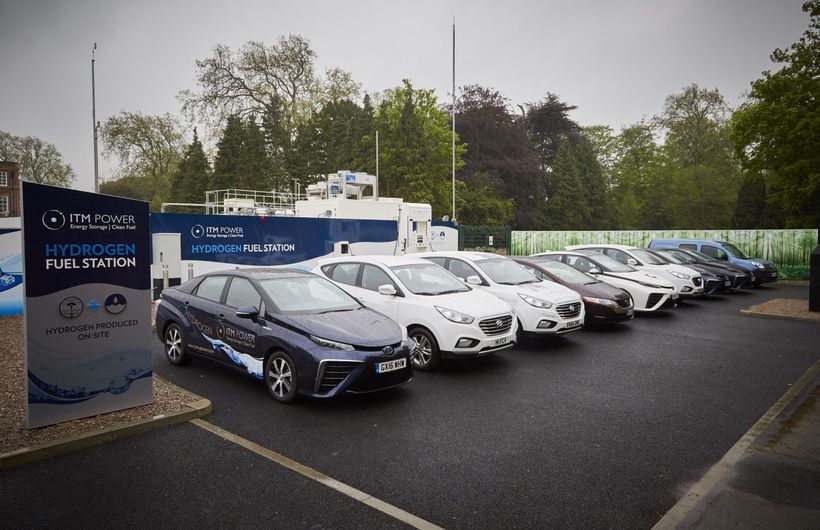 Hydrogen stations are rare and expensive to build
Hydrogen stations are rare and expensive to build 






